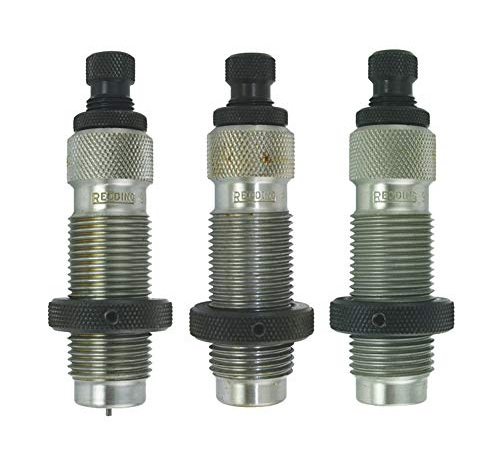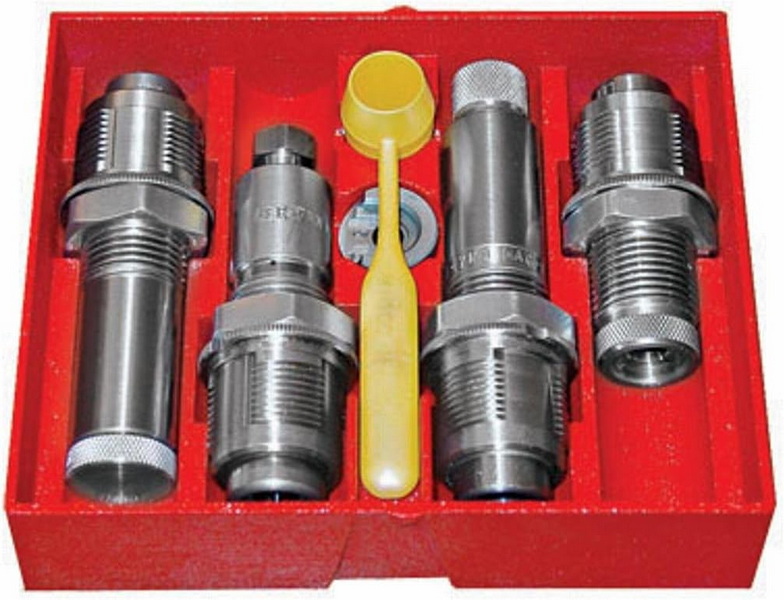Content Menu
● Introduction
● Understanding Carbide 9mm Reloading Dies
● Types of Carbide 9mm Dies
● Benefits of Using Carbide 9mm Dies
● Setting Up Carbide 9mm Dies
● Maintenance and Care
● Troubleshooting Common Issues
● Advanced Techniques and Tips
● Conclusion
● Frequently Asked Questions
>> Q1: How long do carbide 9mm dies typically last?
>> Q2: Do I need to lubricate cases when using carbide dies?
>> Q3: What's the difference between 3-die and 4-die sets?
>> Q4: Can carbide dies be used with progressive presses?
>> Q5: How often should carbide dies be cleaned?
Introduction
Carbide 9mm reloading dies represent the pinnacle of modern ammunition reloading technology, offering precision, durability, and efficiency for both novice and experienced reloaders. These essential tools have revolutionized the way enthusiasts and professionals approach the reloading process, particularly for the popular 9mm caliber. This comprehensive guide will explore every aspect of carbide 9mm dies, from their fundamental characteristics to advanced applications.
Understanding Carbide 9mm Reloading Dies
Carbide 9mm reloading dies are precision-engineered tools that feature an ultra-hard tungsten carbide insert, specifically designed for processing straight-walled pistol cases. The primary advantage of carbide dies over traditional steel dies is their ability to resize cases without requiring case lubrication, significantly streamlining the reloading process. These dies are manufactured to exact specifications, ensuring consistent ammunition production that meets or exceeds SAAMI (Sporting Arms and Ammunition Manufacturers' Institute) standards.

Types of Carbide 9mm Dies
The complete carbide 9mm die system typically consists of several specialized components:
1. Full Length Sizing Die: Resizes the entire case to original specifications
2. Bullet Seating Die: Precisely seats the bullet to the desired depth
3. Taper Crimp Die: Applies the correct crimp for semi-automatic pistols
4. Decapping Die: Removes spent primers and prepares cases for reloading
Each type serves a specific purpose in the reloading process, contributing to the production of accurate and reliable ammunition.
Benefits of Using Carbide 9mm Dies
The advantages of using carbide 9mm dies extend far beyond their basic functionality:
- Enhanced Durability: Carbide inserts offer superior wear resistance
- Reduced Processing Time: No lubrication required for straight-walled cases
- Consistent Results: Precise dimensional control for every round
- Improved Efficiency: Streamlined workflow with fewer steps
- Extended Die Life: Significantly longer service life compared to steel dies
Setting Up Carbide 9mm Dies
Proper setup is crucial for optimal performance:
1. Press Installation: Mount dies securely in the reloading press
2. Height Adjustment: Set each die to the correct height for proper operation
3. Lock Ring Configuration: Secure settings with lock rings
4. Alignment Verification: Ensure perfect alignment with the shell holder
5. Test Runs: Perform initial testing with dummy rounds
Maintenance and Care
To maintain optimal performance and longevity of your carbide 9mm dies:
- Regular Cleaning: Remove brass shavings and debris
- Proper Storage: Keep dies in a clean, dry environment
- Periodic Inspection: Check for wear or damage
- Careful Handling: Avoid dropping or impacting carbide inserts
- Proper Lubrication: Maintain moving parts as needed
Troubleshooting Common Issues
Understanding common problems and their solutions:
- Case Sticking: Causes and remedies
- Inconsistent Sizing: Adjustment techniques
- Bullet Seating Issues: Proper die setup
- Crimping Problems: Correct pressure settings
- Quality Control: Inspection procedures
Advanced Techniques and Tips
For experienced reloaders seeking to optimize their process:
- Progressive Press Integration
- Custom Die Modifications
- Precision Adjustments
- Quality Control Measures
- Efficiency Improvements
Conclusion
Carbide 9mm reloading dies represent an essential investment for any serious reloader. Their durability, precision, and ease of use make them indispensable tools for producing high-quality ammunition. By understanding their proper use, maintenance, and troubleshooting, reloaders can achieve consistent, accurate results while maximizing efficiency and safety.

Frequently Asked Questions
Q1: How long do carbide 9mm dies typically last?
A1: With proper care and maintenance, carbide 9mm dies can last for processing tens of thousands of rounds, often outlasting traditional steel dies by a significant margin.
Q2: Do I need to lubricate cases when using carbide dies?
A2: No, one of the primary advantages of carbide dies is that they don't require case lubrication for straight-walled cases like 9mm.
Q3: What's the difference between 3-die and 4-die sets?
A3: A 3-die set typically includes sizing, expanding, and seating dies, while a 4-die set adds a factory crimp die for additional case mouth consistency.
Q4: Can carbide dies be used with progressive presses?
A4: Yes, carbide dies are compatible with both single-stage and progressive presses, making them versatile for various reloading setups.
Q5: How often should carbide dies be cleaned?
A5: It's recommended to clean carbide dies every 500-1000 rounds, or whenever you notice any resistance or inconsistency in the reloading process.















